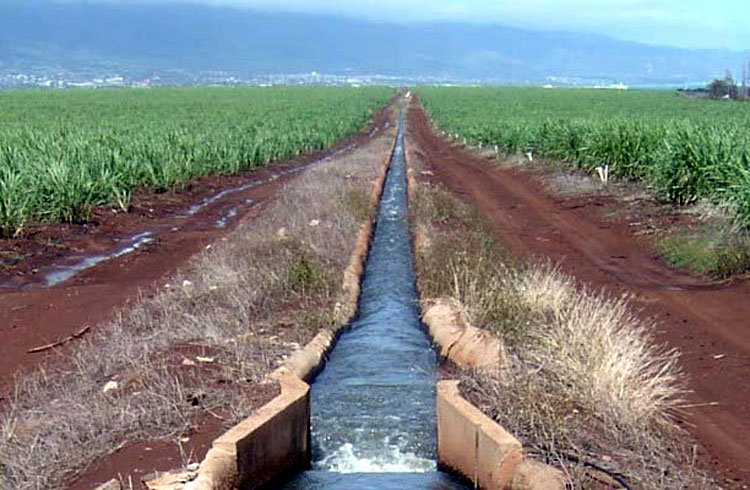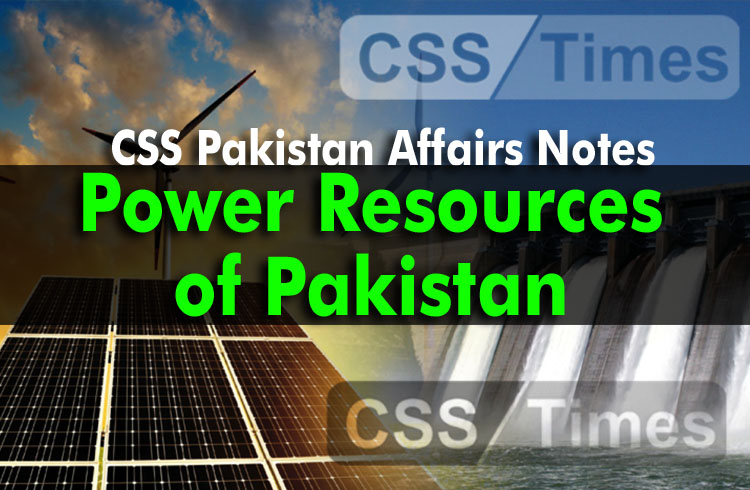The Islamic Republic of Pakistan covers nearly 804,000 square kilometres of the former Indus Valley. Today, it shares borders with Iran and Afghanistan on the west, China on the north, the Arabian Sea on the south, and India on the east. While Pakistan is ethnically diverse, it is overwhelmingly Muslim, which has led to tensions with India over the former British-Indian states of Jammu and Kashmir on the northeast boarder. Additionally, hyper urbanization has led to class tension. Out of 187 million citizens, 36 percent live in cities, with approximately 830,000 people in the capital city of Islamabad. The largest city, Karachi, contains 13 million people.
Constitutional history of Pakistan
Prior to its independence from Britain in 1947, Pakistan was originally governed under the Government of India Act of 1935. This act, drafted by the colonial master Britain, functioned as Pakistan’s constitution at the time and provided for a strong central government, a governor-general with unreviewable powers, and very limited representation which continued feudal-like politics. Following independence, a constituent assembly was elected and tasked with drafting a new Constitution. On 23 March 1956, after a difficult drafting process that included a replacement of the assembly by the governor-general, a new constitution was adopted. It abolished the office of the governor-general and replaced it with a president and prime minister who would share the executive functions. In addition, it created a unicameral legislature with equal seats for the East and West Pakistan, but it maintained the central power of the government by ensuring that the President remained powerful and the provinces never had more power than the national government.



